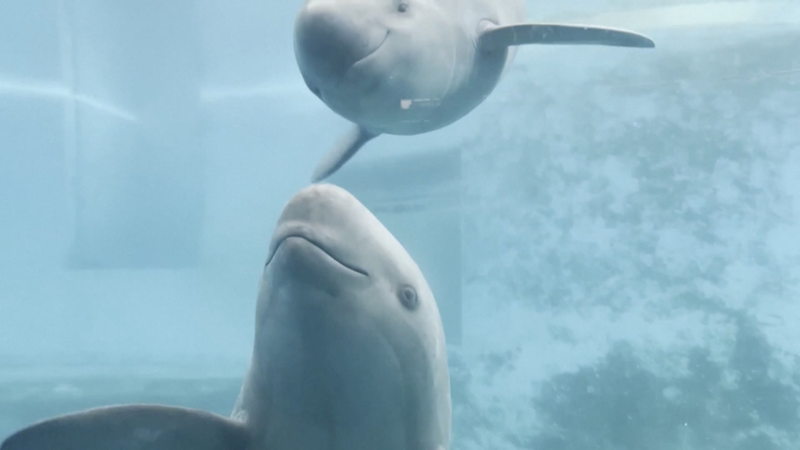Thanks to advances in artificial breeding, the critically endangered Yangtze finless porpoise is showing signs of a comeback in China's freshwater ecosystems.
At the Baiji Dolphin Hall, part of the Institute of Hydrobiology under the Chinese Academy of Sciences, researchers use ultrasound imaging to track porpoise health and development. Two female porpoises recently became pregnant—an encouraging milestone that points to healthy natural breeding, even in a controlled environment.
Researcher Hao Yujiang said, "This indicates that the Yangtze finless porpoise can thrive in an artificial environment, with pregnancy, parturition, and juvenile development all proceeding smoothly."
One standout success story is Tao Tao, the world's first Yangtze finless porpoise born through artificial breeding on July 5, 2005. Tao Tao has provided invaluable insights into species protection, ex-situ conservation, and long-term management.
Today, the institute houses 12 finless porpoises, five of which owe their existence to artificial breeding. Beyond the facility, China has established eight natural reserves and three ex-situ conservation areas along the Yangtze—a multi-pronged approach that experts call a model for small cetacean conservation.
Latest surveys show the wild population climbing from 1,012 in 2017 to 1,249 in 2022. As a nationally first-class protected wild animal, the Yangtze finless porpoise acts as a barometer of the river's ecological health—a sign that targeted conservation can make a real-world impact.
Reference(s):
Artificial breeding boosts critically endangered porpoise population
cgtn.com




